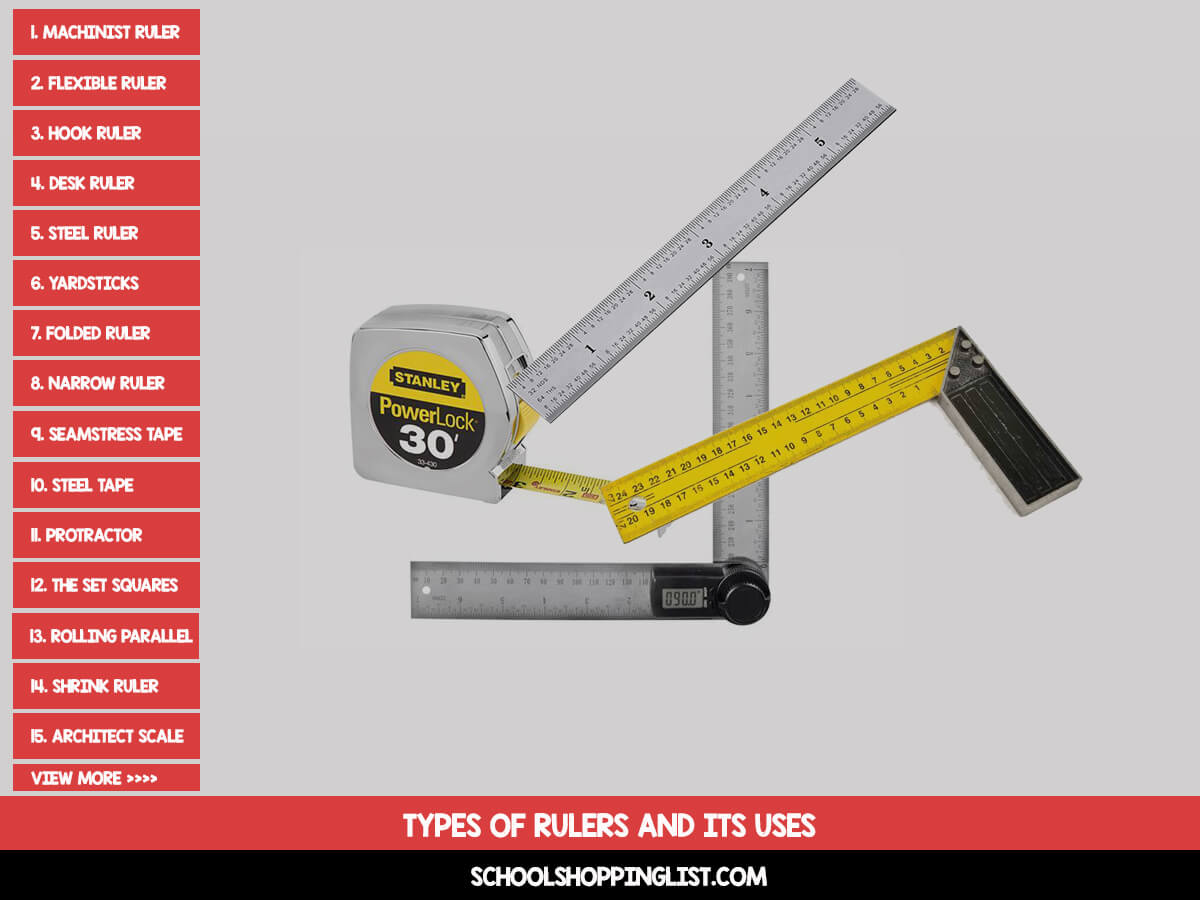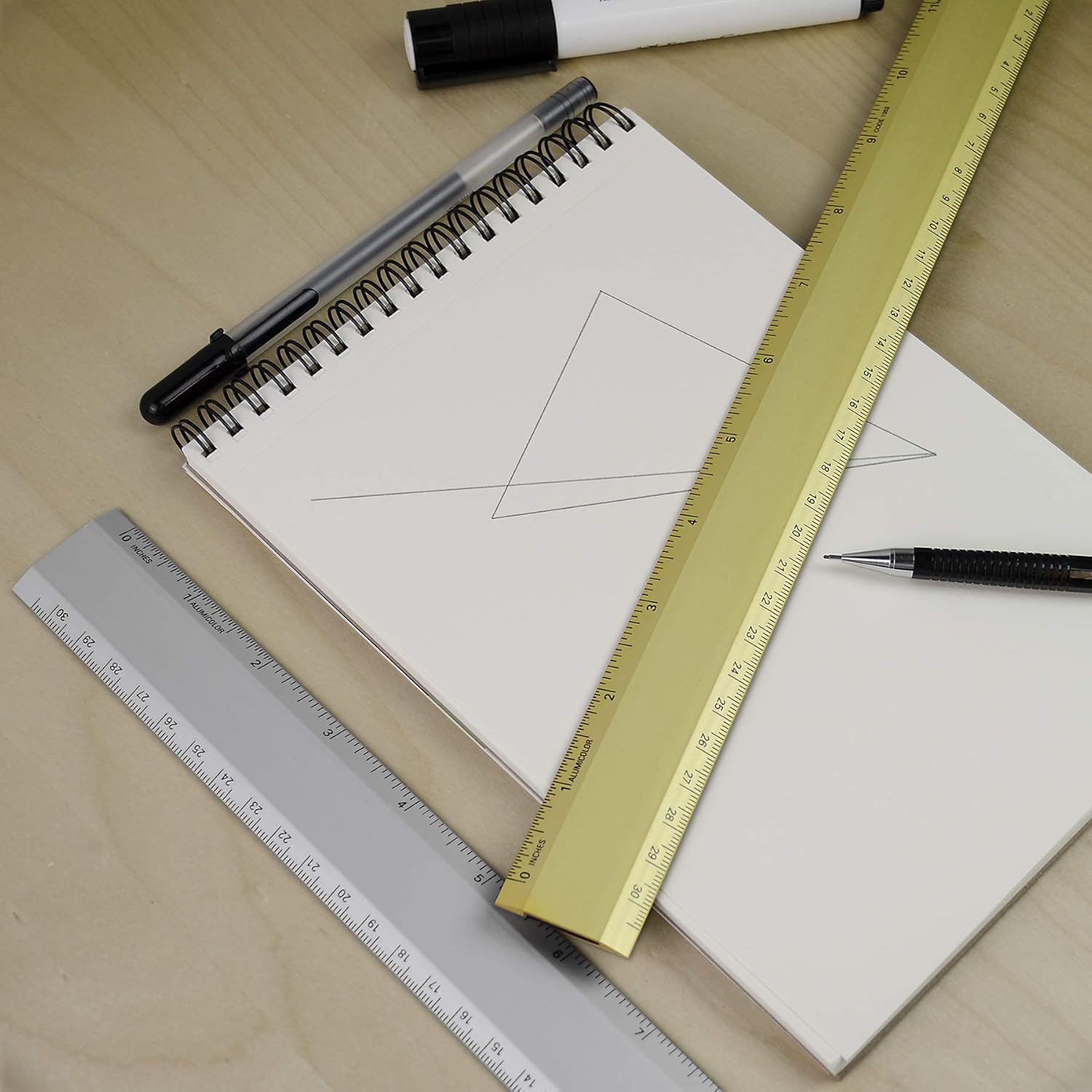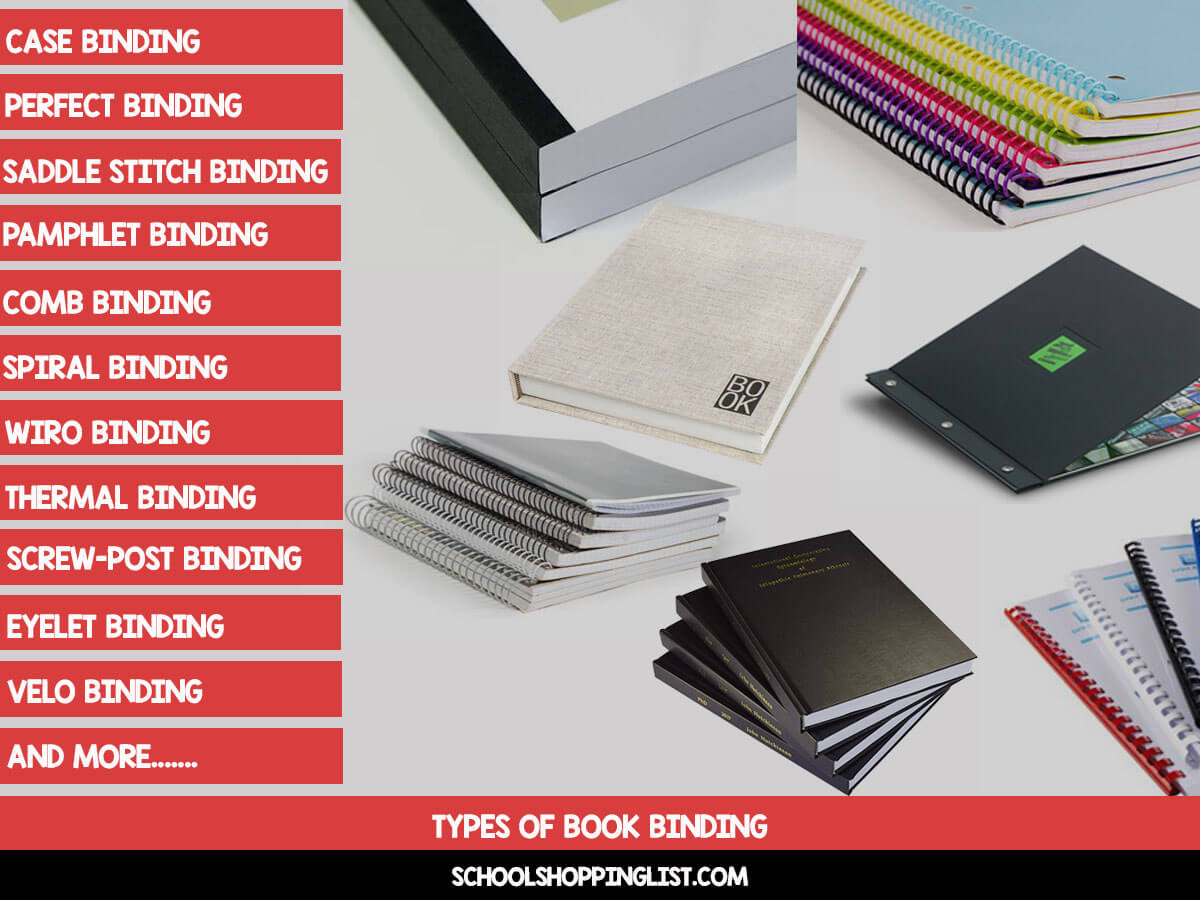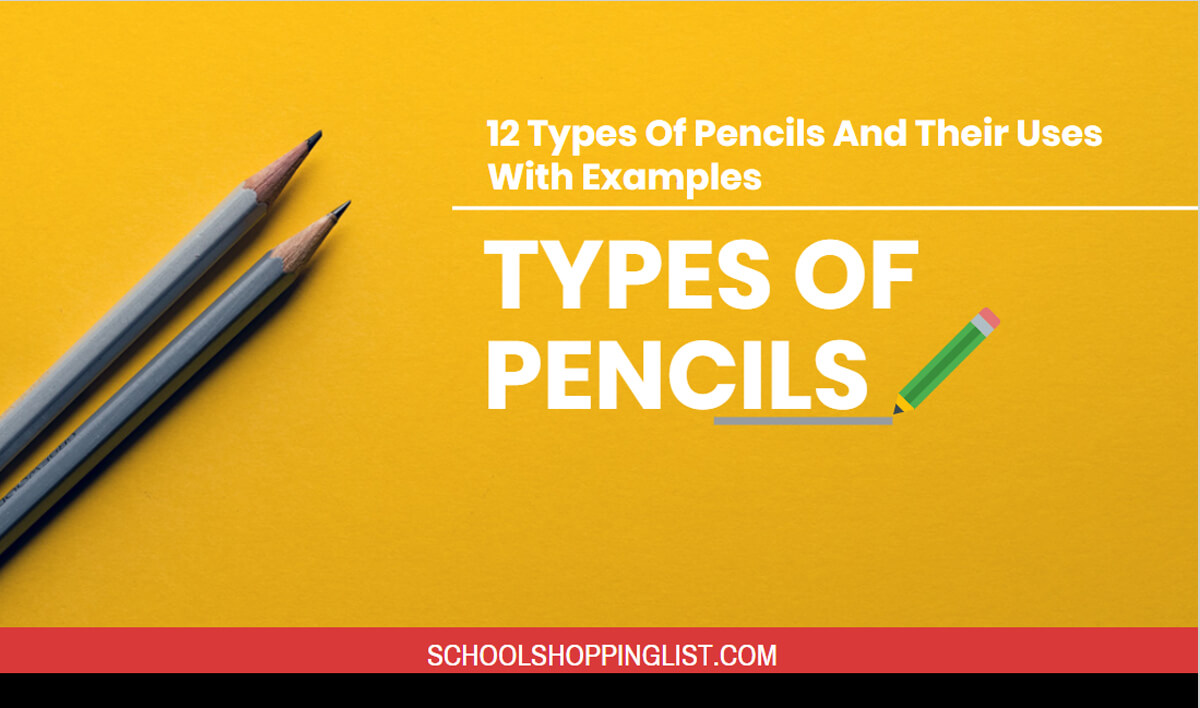Being a common measurement instrument, a ruler can be in a variety of styles, materials, and sizes. They are usually made of plastic, cardboard, metal, and fabric and mainly used in technical drawing, math & geometry, engineering, carpentry, and print field. To properly use a ruler, you need to understand the characteristics of rulers for various purposes. In this article, you will discover different types of rulers and how to use them.
Overview
Types Of Rulers And It Uses
1. Machinist ruler
The machinist scale ruler looks very much like an ordinary ruler. But it enables you to measure an object accurately and quickly, unlike ordinary ruler. This basic measuring steel tool is often used by mechanics and other professionals in the workshop where precise and small measurement increments are important. You will find a machinist ruler to read very much easier since it features the number of increments between centimeters and inches.
2. Flexible ruler
The flexible ruler is made of bendable material for measuring uneven surfaces. They are often used by masons and perfect for work that requires precision and measuring small objects. A specific shape of the ruler will let you measure spherical or hemispherical objects correctly as well as drawing straight lines easily. While flexible and durable, this ruler won’t let you down, since it ensures precision and convenience for the home, school or office.
3. Hook ruler
The measurement instrument you can always trust for joinery and general layout work. Hook ruler contains a fixed rigid hook on the end of the ruler which assists in positioning the hook of the ruler on the end of the workpiece and gives you accurate measuring point without any possibility of mismeasuring. This ruler is fabricated from a single piece of spring steel and has plenty of uses. It is often used in woodworking projects because of its hook.
4. Desk ruler
If you need to just draw straight lines or measure simple and small items for basic purposes, a desk ruler should be your first choice. Just like if you remember from your school days, it traditionally is made of wood and plastic. Desk rulers typically feature scale of 12″ / 30cm in length and used mostly in engineering, math & geometry, and technical drawing for their flexibility.
5. Steel ruler
A steel rule is the simplest and most common measuring device among all the others. They are more durable than desk ruler for use in the workshop since they are made of metal. Steel ruler differs from desk ruler with being very accurate measuring device because it is thinner and flatter which makes drawing lines and making marks much easier. One more thing, steel rule should be prevented from getting rusted.
6. Yardsticks or meter sticks
They are commonly used in the construction industry and involved for workpiece on a medium scale. Yardsticks are determined to measure customary units of length. Commonly used customary units of measurement are the inch, the foot, the yard, and the mile. Yardsticks are an economic choice to measure the items up to three feet long.
While meter sticks are used to measure metric units of measurement of millimeters and centimeters. Meter sticks are used to measure the metric length of items that are usually larger to be measured by a regular ruler. A meter stick is approximately 3 feet long and usually compared with the yardstick. They may look different but are essentially used for the same purpose. An important skill in measuring is to know which units of measurement to use in a certain workpiece to get accurate and appropriate results in the workshop.
7. Folded or carpenter ruler
These tools are made by combining 4 pieces or more together and generally used by the carpenters and masons. They are thin and rectangular and usually made of plastic or wood with metal and plastic joints. This type of rulers is made to be folded in zig-zag shape for the ease of transport and convenient storage.
8. Narrow ruler
It is best to reach tight and hardly accessible spots to make it easier obtaining the correct and reliable measurement. In style, they are small, thin and flexible. Some of them come with a clip attached to it which can be placed easily in the pocket. Being used in construction and engineering industries, these rulers are made from a variety of materials, types of wood, plastic and metal.
9. Seamstress tape
The main usage of this tape is by tailors for sewing and craft projects. Tailors or dressmakers make use of measuring tape to facilitate measuring the inseam of their client’s legs and other areas. They are designed in various length and usual length for seamstress tape is often 60’’. They are made of a flexible strip of nylon or plastic with measurement markings which permits one to measure around curves or corners.
10. Steel Measuring tape
This convenient and simple measuring tool will help you measure the length of many things that are 12′ to 35′ in length for general purposes without putting in a lot of effort. One of the advantages of measuring tape is that they are so portable as you can simply clip it securely on your tool belt. Generally, they are made of metal or nylon rules with a handy switch that will lock the tape into place. Once it was released, the tape will be pulled back inside of the casing automatically.
11. Protractor
Rulers do not always measure the straight lines. Sometimes, we need to measure the angles of items in degrees. It is a conventional instrument which is used in a variety of mechanical and architectural drawing, however, it is not very popular anymore because of modern drawing software. Nowadays, this tool is used in the math of geometry at schools to draw about any geometrical draw and shape. It is graduated from 0 to 180 degrees and easy to use. It looks like a half-moon and is typically made of transparent plastic, glass or metal.
12. The set squares
A set square or right-angled triangle ruler is an instrument that is used in engineering and mechanical drawing as a guide for accurate results. Other than that, they are widely used at mathematical courses at schools to draw parallel and perpendicular lines to solve math problems. There are two types of set squares and they are named according to the angles, such as 60-30 set square and 45 set square. It has a cut-out center and made of plastic or glass or metal.
13. Rolling parallel ruler
A multi-purpose ruler that combines a ruler, protractor, and template all in one is available for students, artists, and designers. It is very much efficient to draw vertical parallel lines as well as, circles, curves, arcs, and other geometrical shapes. Most of the rolling parallel ruler that you will find on the market are simply made of plastic. A ruler has two linear scales: the metric and imperial.
14. Shrink ruler
Shrink rule is a special tool for pattern makers to facilitate the making patterns. Since metals decrease in volume while cooling, patterns are required to be made a little larger than the actual size of required casting to allow shrinkage. So, allowance for shrinkage is regulated by the help of a shrink ruler.
15. Architect scale
Before they are built, the actual size of roads, water mains, structures, and fire protection systems are reduced in manageable size in drawing to facilitate the study since life-size drawings would be inappropriate. Architect scale or engineer scale ruler is a specialized ruler determined to ease the drafting, measuring, or estimating in an architectural drawing, blueprint or orthographic projection. Generally, they are made of high impact lightweight plastic and/or aluminum with printed graduations that make them durable and stable for accuracy and longevity.
16. Curved rulers
They are another essential tool used in sewing and dressmaking industry. The idea behind it is to get the job done much better than simple straight rulers could. This instrument is very useful for both pattern drafting and fitting adjustments You will get a quick and accurate measurement for sewing garments while using these curved rulers. It has 3 main types;
(a) French curve ruler,
(b) hip ruler,
(c) styling-design curved ruler.
17. Caliper rule
The instrument is made of two hinged legs with adjustable outside and inside jaws to fit across the points to be measured. It is specifically designed to measure the distance between opposite points of the item. Additionally, it quite handy and comfortable to use for quick inside, outside, step and depth measurements of round articles. There are 2 main types of calipers;
(a) outside calipers which are used to measure the outside diameters of rods, shafts, bolts, rivets;
(b) inside caliper which is used to measure the slots, grooves, and openings.
We have listed the most used types of rulers with their specific features and purposes. if you want to carry out a good qualitative piece of work, being familiar with the exact features of rulers is the most crucial part. Therefore, you should never avoid investing in one with good quality when you want to get the most professional version of whatever you need.

Frequently Asked Questions
What are Geometric Tools in Maths?
Most common devices used in geometry are straightedge ruler, protractor and set squares. It is quite essential to know how to use them to build geometrical figures in order to solve problems.
How can measuring mistakes be avoided?
First, you must make sure that you are using the right tool to reach the highest precision in your measurement. Your measuring instruments must suit both measuring items and the accuracy of the measurement required. In addition, it is important to double-check the measurement to reduce measurement uncertainties.
How are measuring instruments protected against fall, shock, heat or rust?
It is recommended to keep steel ruler separately in a toolbox in order to avoid them from getting scratched and rusted. It is always a good idea to have a rubber mat on the floor beneath the workpiece in case you drop the instrument and damage it. In addition, try to keep instruments in normal room temperatures to prevent them from experiencing temperature extremes. Because extreme heating or cooling can damage the proper functioning of the instrument.





















